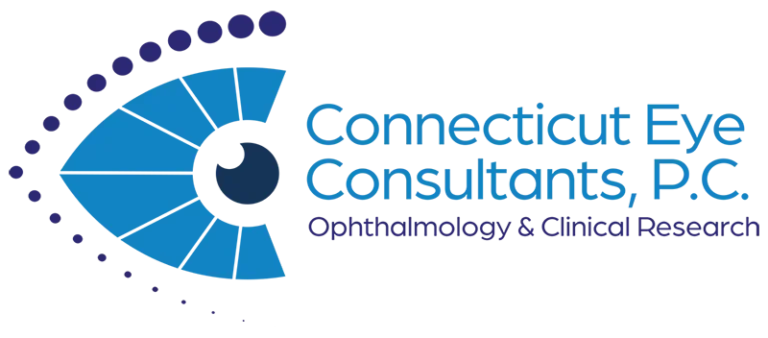HOURS
Mon-Fri: 8:00am – 5:00pm
(Or by Appointment)
Sat-Sun: Closed
Age-Related Macular Degeneration
Background
The macula is in the back of the eye and helps us see fine details. As the aging process occurs, there are a lot of changes that occur in the body. Age-related macular degeneration (AMD) can affect people as they age. According to the American Academy of Ophthalmology, AMD is the leading cause of vision loss in people over 50. Typically, AMD affects the central vision, the peripheral vision, or side vision.
There are two different forms of AMD: dry and wet. Dry AMD is the most common and makes up about 80% of all AMD cases. Wet AMD is less common but can cause lasting vision less quickly than the dry form. In wet AMD, there are new blood vessels being formed that leak blood or other fluids that cause swelling that can damage the back of the eye. The dry form can potentially convert into the wet form of AMD.
Signs & Symptoms
The macula slowly deteriorates, and the retinal cells are not renewed. Some AMD early signs include:
- Curved or wavy lines in vision
- Colors being dulled or changed
- Blank spots in vision
- Needing additional light to read or see properly
Risk Factors
If you have any of these symptoms, follow up with an eye doctor. Known risk factors of AMD include:
- Immediate family member previously diagnosed with AMD
- Prolonged sun exposure to the eyes
- Consumption of meat, butter, cheese, or fried foods
- Overweight
- Cigarette smoking
- More females are diagnosed than male
Due to the nearly 20 million Americans currently living with either form of AMD, significant research has been dedicated to the treatment and prevention of AMD (Center for Disease Control, 2024). Beginning in the 90’s, a series of groundbreaking trials were conducted to determine which groups of people are most likely to develop AMD and what supplements to take to slow progression of the disease. Thes studies, called AREDS and AREDS2, determined a combination of vitamins and supplements can reduce the risk of AMD getting worse in some cases if taken daily (National Eye Institute, 2020).
Treatment
Wet AMD:
The most common form of treatment for vision loss associated with wet AMD is called anti-VEGF drugs. These drugs block a specific protein that tells new blood vessels to form. Without this, the leaky, abnormal vessels can’t form and damage the retina any further.
These treatments require shots at your eye doctor to control the abnormal blood vessels. This will mean less frequent visits to the eye doctor and greater access for those unable to transport themselves.
At Connecticut Eye Consultants, we are participating in a pivotal research study that adds a second medication with the hopes that both medications will work to stop the abnormal blood vessels growth. This could mean fewer eye injections and fewer visits with better control of AMD.
Dry AMD:
Connecticut Eye is proud to have played a part in groundbreaking studies that have provided the first ever medications to slow the progression of any form of macular degeneration. These medications, now approved by the FDA, are eye injections given monthly or every other week to slow progression.
Moving forward, Connecticut Eye is at the forefront of ophthalmology research. We are partnering with companies to test new compounds to treat dry AMD (link to info page). Giving our patients access to pivotal research studies and allowing our physicians to remain on the edge of medicine.


